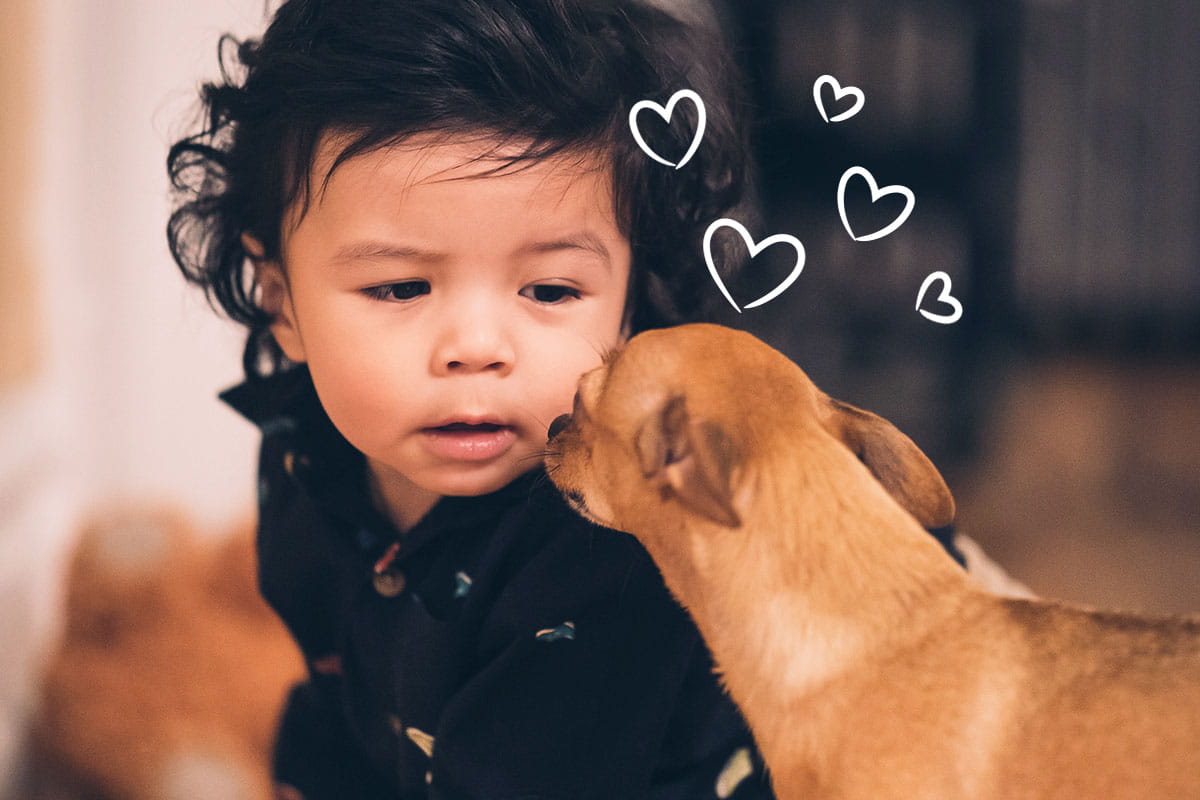At-Home Learning Activities for Toddlers

Times of uncertainty like these disrupt the schedule you’ve established for your toddler, and that can cause some anxiety. But times when you rely on each other for support and form stronger bonds as a family can also be rewarding experiences. We’re here to help you keep them in the learning mode with educational and fun play that makes for great quality time together.
Physical development and wellness
Take your child on an expedition to find the animals that are hanging out in their “natural” habitats. Don’t forget to wear an explorer’s hat!
“How can we move like a horse? What should we do to move like caterpillar? What about a bird?”
You might see insects on plants or dogs in their yards. You might see birds in the sky or in a tree. Ask questions about what you see. “How do birds move from one place to another? What do birds like to eat? Why do birds make their nests in trees?”
Hold opposite sides of the blanket with your toddler and give the stuffed animal a ride by moving the blanket up and down and side to side, with a shaking motion. Pretend together that the animal is swimming in water or moving across the land. “How can we move the blanket to make it swim? How can we make it hop?”
Language and literacy
While you read, pause at times to point out and briefly talk about the animals in the books. Ask them the names of the animals, the sounds they make, and where the animals live. Introduce names of animals they may not be familiar with yet.
This is the perfect time to invite them to be a guest reader for your child, while also staying connected with one another. Any age-appropriate picture book will do!
What are they like? How do they move around? Stand a few feet away from an open box. Say the following lines and show them how to toss a beanbag (or lightweight ball) into the box when you say the word “SPLASH.”
Social and emotional
“What sounds do you hear? I hear a bird singing! Do you hear it, too?” Invite them to mimic the animal sounds with you.
“That food was (sweet/salty/sour/bitter). Did you like how it tasted? What color is this food? That was a pickle. Some pickles taste sweet and some taste sour. How did that pickle taste to you?”
Pull out one of the animals and show it to your child. Talk about the animal and ask questions about its “origin story.” Who gave them the animal? How do they feel when they hug it? What’s the animal’s name?
Memory and focus
Challenge your toddler to build a home or habitat for toys or stuffed animals. Talk about the characteristics and natural habitats of each animal as they explore the building materials. “What do you think this animal’s home looks like? Where have you seen this animal before? What kinds of things would this animal need to have in its home?”
Give them dough cutters (in animal shapes, if you have them) and encourage your toddler to press the cutters into the playdough to make shapes. To enhance this experience, your child can add craft materials like feathers, googly eyes, or pipe cleaners to their dough creations.
You might see them among your child’s toys, in books, in magazines, etc. Each time your toddler sees one of the animals on the chart, have them put a tally mark next to the animal. At the end of the day or week, count together how many types of animals and how many of each animal they saw.
Gather some cardboard boxes for your child to stack near some furniture, along with plenty of blankets and sheets. Help them drape the blankets or sheets over the boxes and furniture to create a cozy little den. If your child has a stuffed bear, bring it out to join in the fun!
Creative Expression
If you have paint handy, you can also make animal tracks art! Pour a small amount of paint onto a paper plate. Invite your toddler to dip a toy animal’s feet in the paint and make the animal “walk” on a sheet of paper. Talk about the animal they chose.
Give them a toy instrument or other noisemaking objects, like a pot and a spoon, and set a beat as you sing. “Let’s sing a song about animals. You can shake to the beat and move your body while we sing.” Have fun moovin’ and groovin’ together!





